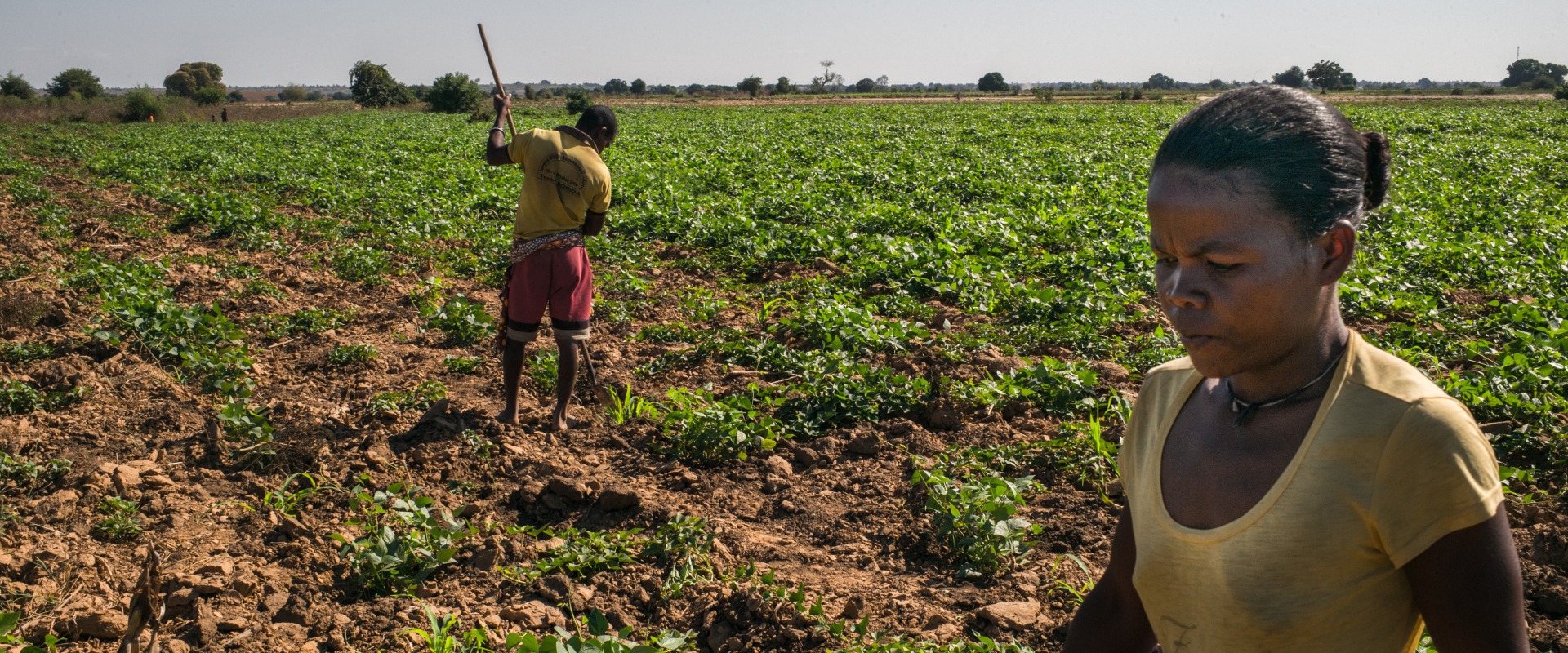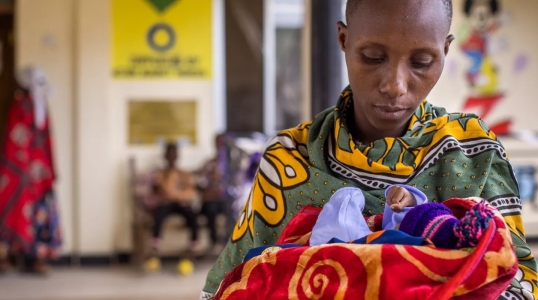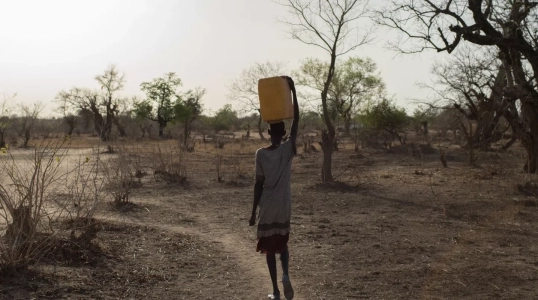
Make a lasting impact on every child

TORONTO, ON – January 16, 2024 – The global hunger funding gap has hit 65% for countries with the most urgent needs, according to the Action Against Hunger 2024 Hunger Funding Gap report, which was released today to coincide with the World Economic Forum’s Annual Meeting in Davos. The new analysis of funding through the UN humanitarian system reveals that only 35% of appeals from countries dealing with crisis levels of hunger were satisfied in 2023, resulting in a hunger funding gap of 65%, up 23% from the prior year.
Additional findings include:
Globally, as many as 783 million people—more than the population of Canada and the U.S. combined—suffer from hunger. Compared to pre-pandemic levels, today, 122 million more people face hunger, which is primarily driven by conflict, climate change, and chronic inequality.
“The world produces enough food for everyone, yet hundreds of thousands of malnourished children die preventable deaths each year. Why? We lack the resolve and funding needed to deliver on the UN Sustainable Development Goal of zero hunger by 2030,” said Dr. Charles Owubah, CEO, Action Against Hunger USA. “I applaud the World Economic Forum for keeping hunger on the global agenda. Now, we must follow the conviction of our conscience with greater action after meetings end. Hunger is an everyday challenge for one in ten people around the world, and it must be a daily concern for those who are in a position to help end hunger for everyone, for good.”
For the report, Action Against Hunger identified 17 countries that experienced “crisis” levels of hunger or worse in 2022 and analyzed how much funding those countries subsequently received in 2023. They are: Afghanistan, Burundi, Central African Republic, Democratic Republic of the Condo, Guatemala, Haiti, Honduras, Kenya, Lebanon, Madagascar, Malawi, Mozambique, Pakistan, Somalia, South Sudan, Sudan, and Yemen. The analysis is designed to spotlight the funding decisions that are made after donors are aware of the severity of the hunger crisis. This approach also eliminates the possibility that hunger levels reflected in the report (2022) were influenced by the funding provided (2023).
“The report comes at a pivotal time, since there was a notable increase in funding for hunger related-programs in 2023, yet even with that surge of support, funding didn’t keep pace with growing needs,” said Michelle Brown, Associate Director of Advocacy for Action Against Hunger. “Now, we are already being warned that some of the world’s most generous donor countries expect to slash aid budgets in 2024. There is no way to sugarcoat the impact: more people will suffer and millions could die as a result. Those with the means to do so must prioritize funding for hunger programs and additional countries must step up to prevent looming humanitarian disasters.”
The report reflects Action Against Hunger’s analysis of the United Nations Office for the Coordination of Humanitarian Affairs (OCHA) Financial Tracking Service as well as the Integrated Food Security Phase Classification Population Tracking Tool (IPC).



Join our community of supporters passionate about ending world hunger.